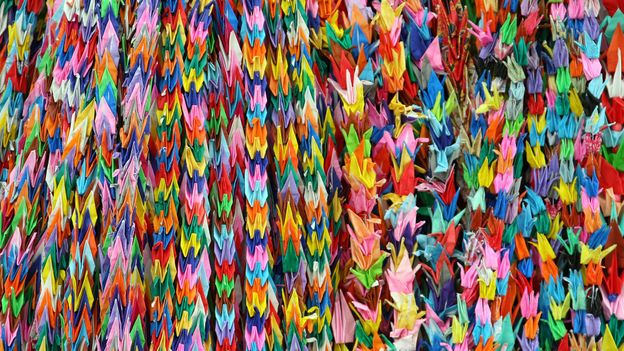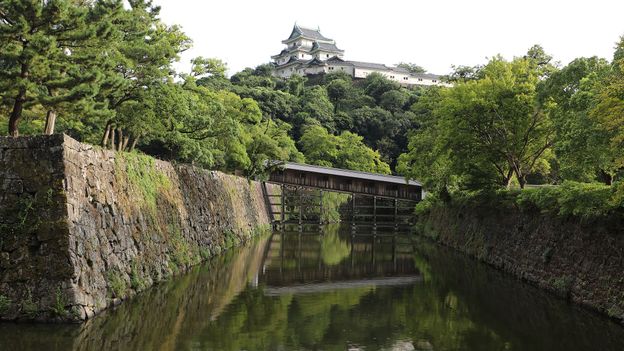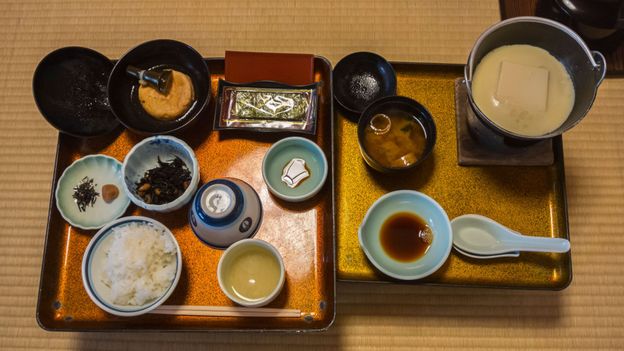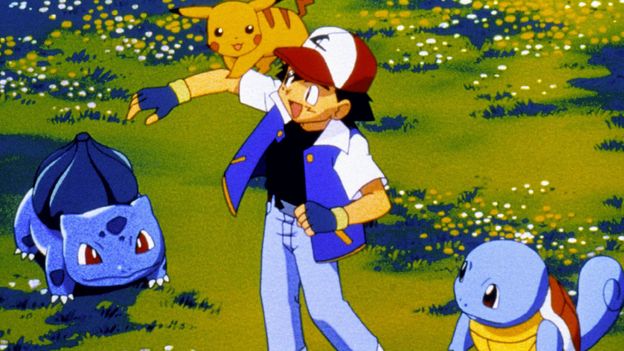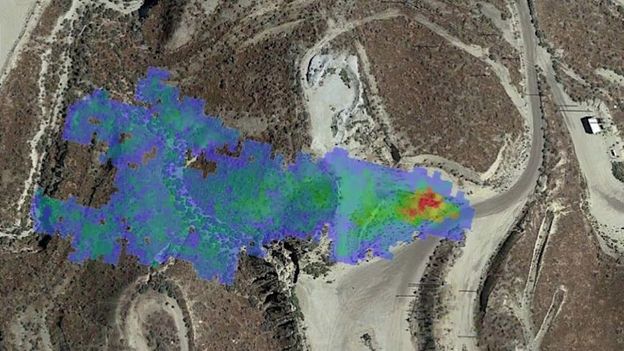CNF is processed from wood-pulp, the same raw material used for paper, to create a material that’s lightweight, transparent and stronger than iron, says director of the board Yoshiaki Takeda. It’s already been commercialised for construction applications including as a spray coating for reinforcement and to replace mortar as a lubricating agent in concrete pumps.
The company has also developed a biodegradable, air-tight packaging by nanocoating paper with a mineral called china clay. It currently costs roughly double what plastic wrapping would, says Takeda, but he thinks it will be popular with environmentally conscious companies.
Researchers at Japanese tech giant NTT have even come up with a clever optical illusion that makes paper cut-outs “dance” when placed on a flashing screen. The technique could create more engaging advertisements or information boards, says its creator Takahiro Kawabe, or collectable cards for children that come to life when placed on a flashing smartphone screen.
Paper perfection
There are also still strong advocates for paper’s analogue charm in a world that is becoming increasingly digital. Japan’s so-called “techo culture” celebrates the pleasure of organising and documenting ones life in a planner, or techo. Few companies represent the culture better than Hobonichi, whose techos have developed a cult-like following.
That’s thanks to their obsessive attention to detail and some clever design features. The spacing between lines has been tweaked by fractions of a millimetre several times and the planners include a full page for every day of the year. Ensuring a book with more than 400 pages was slim enough to fit in a pocket even forced them to source the perfect paper from Tomoe River, which makes speciality papers for industry.

